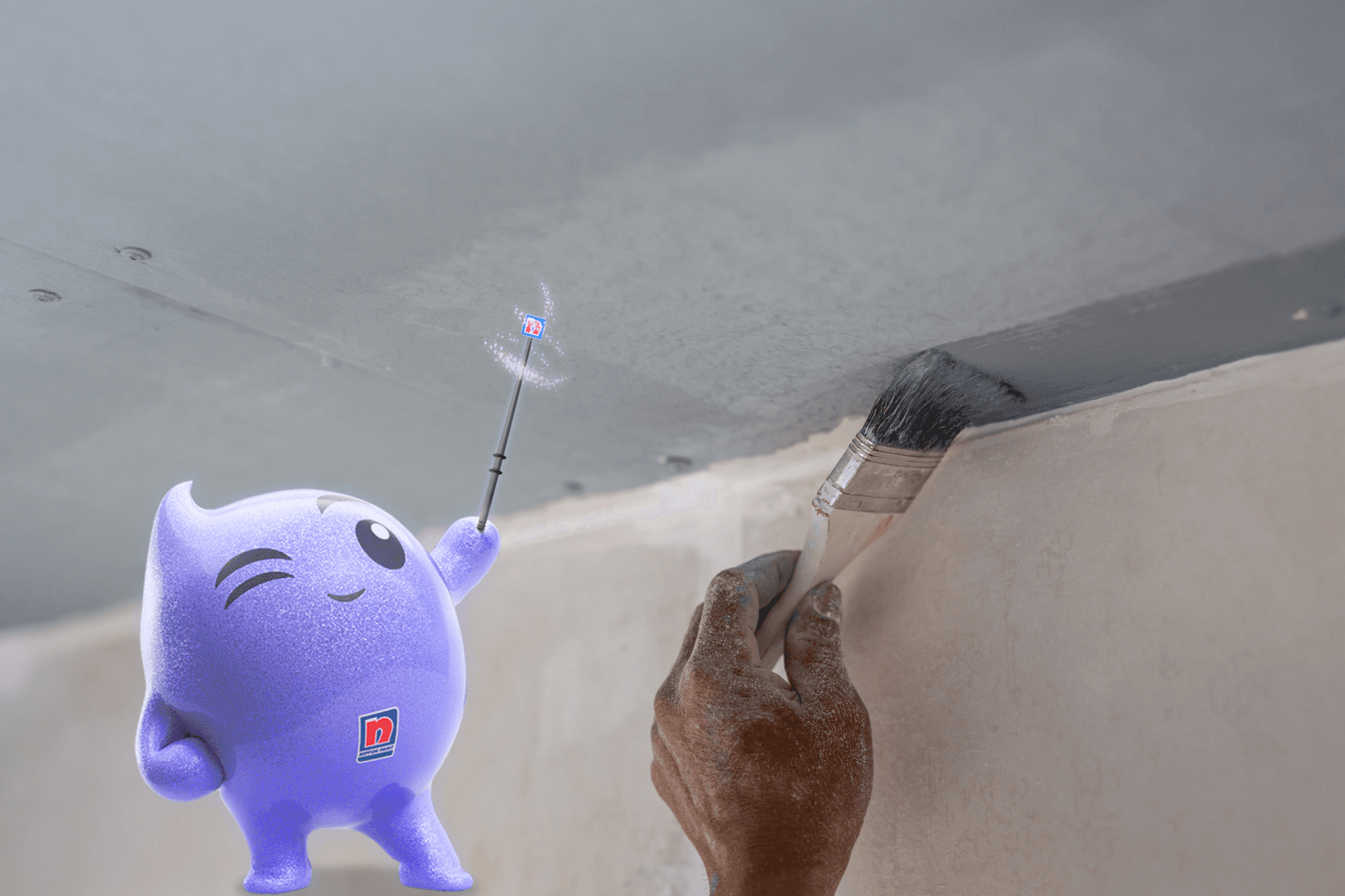Drywall Repair & Patching Before Painting
From minor dents to major holes, our drywall repair and patching guide covers it all. Prepare your walls properly before adding a fresh coat of paint. Call @8749087490 and book a free assessment today!


Hey there, home lovers! It’s your friendly neighborhood mascot, Blobby from Neo by Nippon, here to guide you through the drywall repair and patching process before painting. Whether you’re dealing with tiny dents, cracks, or big holes, I’ve got your back. A smooth, flawless surface is the secret to a perfect paint job. Let’s dive in!
Why Drywall Repair Matters Before Painting?
Imagine dressing up in a dazzling outfit, but there’s a huge stain right in the middle…yikes! Painting over damaged drywall is just like that. Fixing those cracks, holes, and imperfections ensures:
- A smooth, professional finish
- Better paint adhesion
- Longer-lasting results
So before you pop open that paint can, let’s fix up that drywall damage first!
Identifying Different Types of Drywall Damage
Not all wall damages are the same! Here’s how to spot and fix them:
1. Nail Pops
Ever noticed tiny bumps or protruding nails on your walls? Those are nail pops. Fixing them is easy:\
- Remove the popped nail
- Drive in a new drywall screw slightly below the surface
- Fill the place with drywall patching compound
- Sand smooth
2. Small Holes (Less than ½ inch)
These small holes are caused by screws, hooks, or minor accidents. But these small holes can be patched up quickly:\
- Use a drywall repair kit (which includes patching compound and a putty knife)
- Apply the compound and smooth it out
Let it dry, sand, and you’re good to go!
3. Medium Holes (½ inch to 5 inches)
These holes need extra support. Here’s how to fix them:\
- Use a self-adhesive mesh patch
- Apply drywall patching compound in layers, allowing each layer to dry
- Sand and smooth before painting
4. Large Holes (5 inches and above)
If the holes are larger than 5 inches, then it’s better to reach out to experts who can fix it for you. You can reach out to our experts through @8749087490 to book a free assessment!
5. Cracks in Drywall
Cracks, especially around doors and windows, can be annoying. Here’s a fix:\
- Widen the crack slightly with a utility knife
- Fill it with drywall patching compound
- Use mesh tape for reinforcement
- Apply more compound, sand, and prime before painting
Essential Tools for Drywall Repair
Before you roll up your sleeves, grab these essentials:\
- Drywall repair kit (for small fixes)
- Joint compound or spackle
- Sandpaper (120-150 grit)
- Putty knife
- Self-adhesive mesh tape
- Utility knife
- Drywall screws (for larger repairs)
Screenshot this list and you’re ready to tackle any drywall damage repair job!
Step-by-Step Guide to Drywall Patching
1. Clean the area
Begin by thoroughly cleaning the damaged spot. Use a dry cloth or a soft brush to remove any dust or dirt. If necessary, wipe the area with a damp cloth and let it dry completely before proceeding. This step ensures the patching compound adheres properly to the hole.
2. Apply patch or joint compound
Using a putty knife, apply a thin layer of patching compound or joint compound over the damaged area. Spread it evenly, making sure to feather the edges so it blends seamlessly with the surrounding wall. For larger holes or cracks, you may need to apply multiple layers, allowing each layer to dry before adding the next.
3. Let it dry
The drying time usually varies depending on the thickness of the applied compound and the room’s humidity levels. Typically, it takes a few hours to dry completely. Avoid touching or disturbing the area while it sets to prevent imperfections.
4. Sand smooth
Once the compound is fully dry, use fine-grit sandpaper to smooth out any uneven surfaces. Gently sand until the patched area blends seamlessly with the rest of the wall. Wipe away any dust with a dry cloth to prepare for priming and painting.
5. Primer before painting
Applying a coat of primer over the repaired area is essential. This step ensures better paint adhesion, prevents the patched area from absorbing too much paint, and helps achieve an even, professional-looking finish. Allow the primer to dry completely before applying the paint.
Painting After Drywall Repair: The Final Touch
Once your walls are smooth and primed, it’s time to paint! Choose high-quality drywall painting products for a stunning finish. Neo by Nippon Paint offers:\
- Primer-sealers for better adhesion
- Washable paints for easy maintenance
- Matte, satin, and gloss finishes for every style
That’s all, folks. DIY is great, but for extensive drywall damage repair, it’s best to call the pros. Our team at Neo by Nippon Paint ensures: Flawless patching, Smooth painting finish and Long-lasting results.
Call @8749087490 or Book a free home assessment here. Our experts will visit your home and recommend the perfect solution.
Stay tuned for more tips from yours truly, Blobby!
